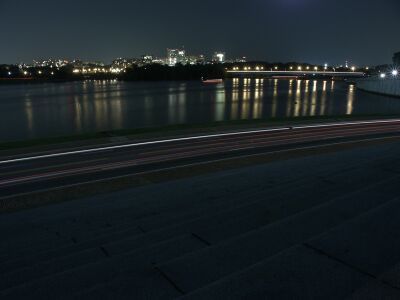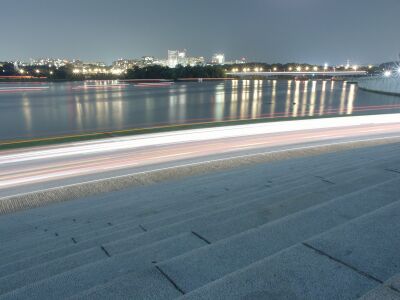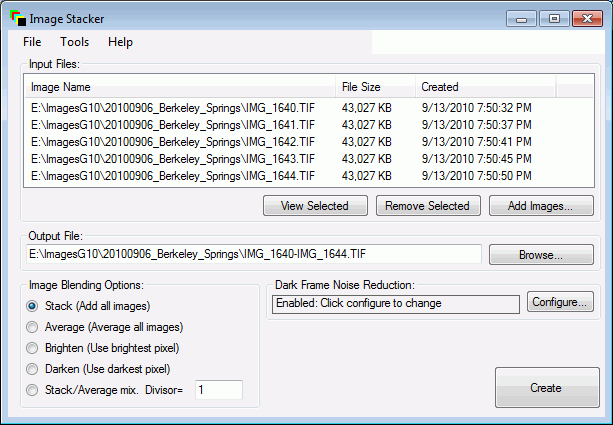
TawbaWare
Register
Image Stacker
Windows:
PTAssembler
Image Stacker
Star Tracer
TuFuse Pro
Thumber
PixelZap
ColorFix
DigiSS
EXIFRead
Framer
FileLister
MinUpTime
HideWin
FileMonitor
Command Line
TuFuse
CamWork
CRead
WordCount
HTMLR
Image Stacker
Current Version: 2.10, Updated October 2010
Version History | Image Stacker Discussion Forum
Image Stacker. Image Stacker combines or "stacks" multiple images into a single image, using one of several different blending methods. Image Stacker can be used for a variety of purposes, but its primary purposes are (1) to create very long exposures (longer than would be possible using any single exposure) (2) to create star-trail images and (3) to reduce the appearance of "digital noise".
Why stack images? Good question! It depends what you are trying to achieve. One of the most common reasons is to take images of very faint objects that are barely discernable in any single image. By "stacking" several images together, you can create a "synthesized long exposure" that is brighter than any of the individual source images. For example, if your digital camera is limited to taking images with exposures of 30 seconds or less, it is impossible to take pictures of a moonlight landscape which typically require exposures of a few minutes. However, if you take six exposures (each of 30 seconds) and then stack them together, you can create a synthesized 3 minute exposure.
 Single image |
 Five images stacked together |
Another reason for stacking is to take pictures of star-trails...capturing the motion of the stars as they travel across the night sky. Such images require exposures of several minutes to several hours, which are not possible with many of today's digital cameras. Image Stacker also includes a special blending mode (the Brighten mode) that works particularly well for taking images of star-trails in light-polluted areas...the resulting image shows the combined trails of the stars, but the rest of the image doesn't suffer from over-exposure which is typical when shooting very long exposures in urban (or suburban) areas.
Another important use for Image Stacker is to average images together. Unlike stacking, where the intensities of each source image are added together, averaging images does not create a brighter image. Instead, the averaging process dramatically reduces the appearance of random noise in digital images. Random noise looks very similar to grain in film images and is most apparent in areas of uniform color such as blue skies. Averaging several exposures of the same scene (or scans of the same negative/slide) can produce a much smoother, natural looking image. Image Stacker can also perform dark-frame subtraction to reduce the appearance of non-random noise.
More information and sample images. For more information, Image Stacker's documentation is available here, as well as a gallery of sample images produced using Image Stacker.
Screenshot. Image Stacker is a windows program (pictured below), but can also be run from the command-line and easily incorporated into scripts and batch files.

Distribution Status. Image Stacker is distributed as shareware, meaning you are expected to register it by purchasing a license. While Image Stacker will operate without a license, it is limited to processing 10 images with sizes no larger than 640x480 pixels. Image Stacker comes with no warranty and TawbaWare and the author take no responsibility for any damages caused by the use of this program.
Back to Tawbaware HomePage